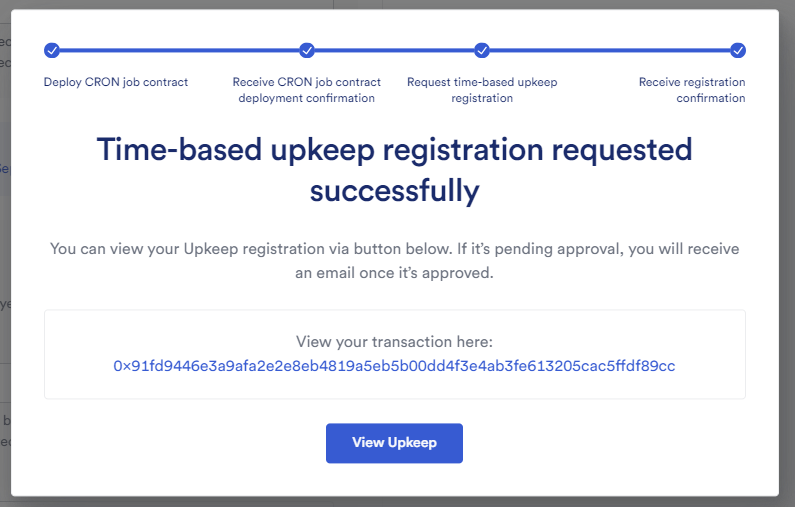9. Architecture Decisions
Important, expensive, large scale or risky architecture decisions including rationales. With "decisions" we mean selecting one alternative based on given criteria.
9.1. ADR-001: Automated Reward Distribution
9.1.2. Context
The Dastan rewards system will automatically distribute earned $MEDIA tokens. Blockchain transactions require an initiator to pay the transaction fees.
Possible implementations will be judged on cost of use, reliability, and cost and ease of implementation, in that order.
9.1.3. Considered Alternatives
- Chainlink Automation
-
Chainlink Automation - Automate your smart contracts using a secure and hyper-reliable decentralized network that uses the same external network of node operators that secures billions in value.
- Cost of Use
-
Automation Billing and Costs are determined with a complex formula, including the transaction cost, a node operator percentage fee (refer to the formula below), and a small fixed gas overhead accounting for gas between the network and the registry. The automation percentage fee for Arbitrum is 50%. Other networks span from 20% (Ethereum mainnet) to 70% (Polygon mainnet).
Formula for Registry v1.2\$Fee_{LINK} = {tx.gasPrice_{Native WEI} * (gasUsed + gasOverhead) * (1 + premium%)}/{{LINK}/{Native_{Rate in WEI}}}\$
- Reliability
-
Chainlink is a popular choice for decentralized oracles, and has a good reputation for reliability. Chainlink Automation is self-described as "hyper-reliable".
There’s not a lot of use cases for Chainlink Automation, the single one found at time of writing this was a PancakeSwap integration, but it mostly is focused on Chainlink’s Data Streams feature.
An amount of $LINK is required to register and maintain an automation job. It would be a manual job to keep the $LINK balance topped up, and the $LINK token is volatile, so the cost of maintaining the automation job could be unpredictable.
- Cost and Ease of Implementation
-
Following Chainlink Automation Getting Started guide took a few minutes to set up a cron job to automate a smart contract function on a time-based schedule.

- Kubernetes CronJob
-
Kubernetes CronJob - A CronJob creates Jobs on a time-based schedule. One CronJob object is like one line of a crontab (cron table) file. It runs a job periodically on a given schedule, written in Cron format.
- Cost of Use
-
If we’re running an existing Kubernetes cluster, the cost of running a CronJob is negligible. If we’re not running a Kubernetes cluster, the cost of setting one up and maintaining it is high.
- Reliability
-
Kubernetes CronJobs are reliable, and can be set up to retry on failure. A wallet would require being setup and a balance maintained to pay for the transaction fees. The cronjob could be set up to send a notification if the wallet balance is low.
Being a centralized solution, we are reliant on the Kubernetes cluster being up and running. If the cluster goes down, the cronjob will not run.
- Cost and Ease of Implementation
-
Setting up a Kubernetes CronJob is a bit more involved than setting up a Chainlink Automation job, but it’s not difficult. It’s also more flexible, and can be used for other tasks. The executible container would need to be developed, but it’s a simple task.
9.1.4. Decision
Take the time to develop a Kubernetes CronJob to automate the reward distribution. The biggest pro of the CronJob over the Chainlink Automation is the cost of use. Even if the cost of the Chainlink Automation is negligible, over time it will add up. There is already a Kubernetes cluster running for other applications that we can include a CronJob deployment in.